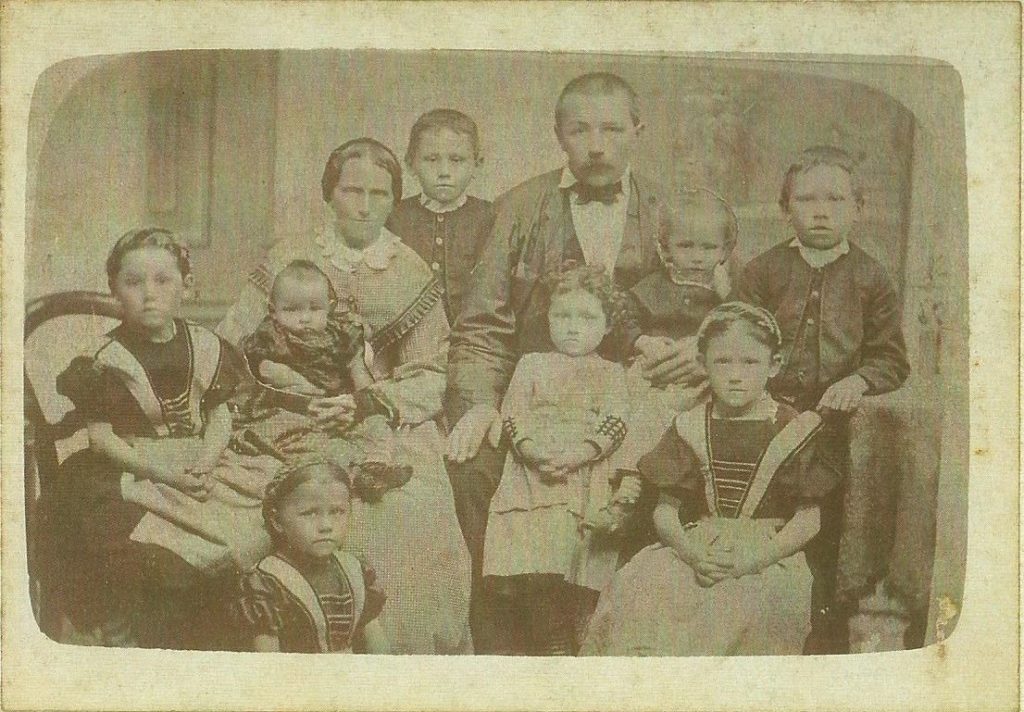
I have worked with a lot of young women who have babies and young children, and, having raised three children of my own, and watching my children raise their children, I know of the challenges and logistics of a busy household. Can you imagine that in 1867, shortly after the end of the Civil War, Elizabeth and Frederick Garraux loaded themselves and their EIGHT CHILDREN onto a ship to move to America, a land they had never seen and knew little about.
The Swiss family had an arduous journey to their first American location in Asheville, where they added three more children to their family before they relocated to Greenville. In an era with no motorized vehicles, no laundry appliances, no phone or electricity — none of the modern conveniences we all take for granted — Elizabeth managed to not only raise the 11 children, but to eventually become one of Greenville’s major property owners and successful business operators. And much of it happened when she was on her own, without a husband — an amazing feat anytime, but especially amazing in the 1800s.
Elizabeth’s story details what ship life was like during an Atlantic crossing, traveling by train, stagecoach and wagon, hundreds of miles through a Civil War-ravaged country, and reaching a destination deep in a mountainous region — all with an exceptionally large family, none of whom spoke English.
The journey was only the beginning of what would seem to be nearly insurmountable challenges, especially for a tiny woman during an era in which women were often considered nothing more than the property of their husbands.
